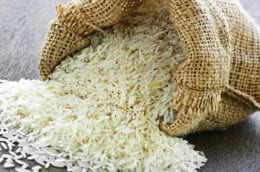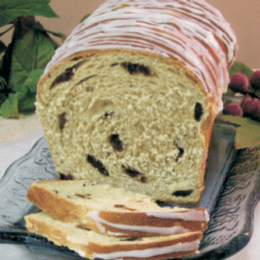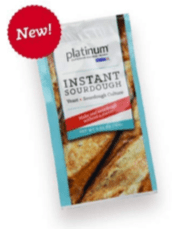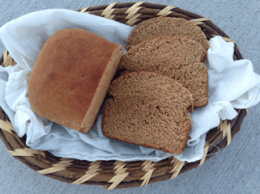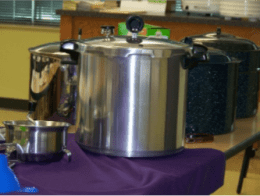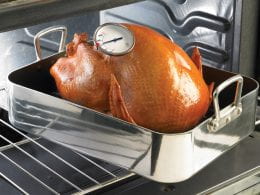
There are a variety of thermometers to use for cooking. And they are not just for checking meat doneness. They can be use to check temperature of baked goods, stages of candy cooking, and more. They can also help with making good quality food.
There are choices. Here are a few.
- Dial Oven-Safe. It can be left in the food while cooking large foods like whole poultry and roasts. Place in the thickest part of the food.
- Digital Instant-Read. Good for thin foods and gives quick results. Insert at least ½-inch deep into the food. Not oven-safe.
- Dial Instant-Read. Good for larger foods and soups. Reads in about 15-20 seconds. Place 2-2½” deep into thickest part of the food. Insert sideways into thinner foods. Not oven-safe.
- Pop-Up. These are in whole turkeys or chickens. They are made of food safe nylon and are reliable within 1-2°F. Always double check doneness with a conventional thermometer in the innermost part of the thigh and thickest part of the breast.
- Digital Oven Probe with Cord. These can be used in most foods and is oven safe. The base unit sits on the stovetop or counter.
Learn more at https://bit.ly/2ADr7dl.
